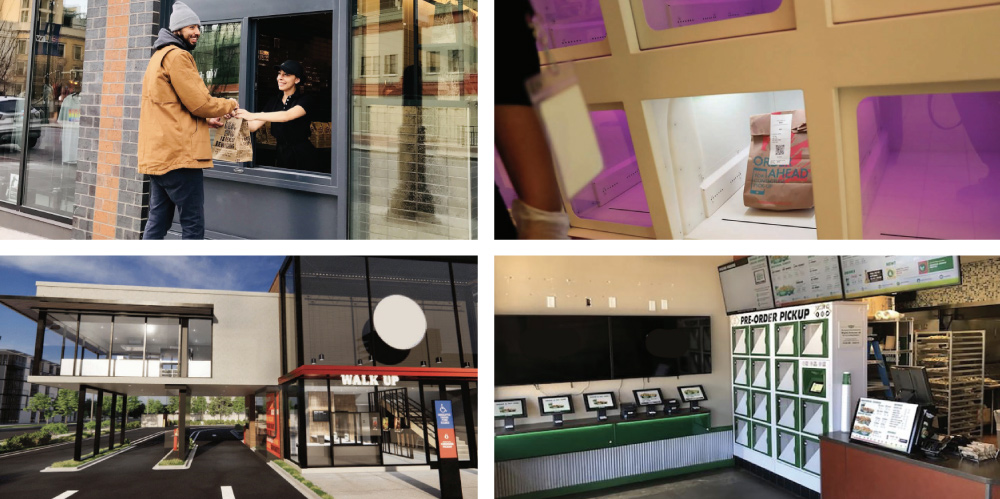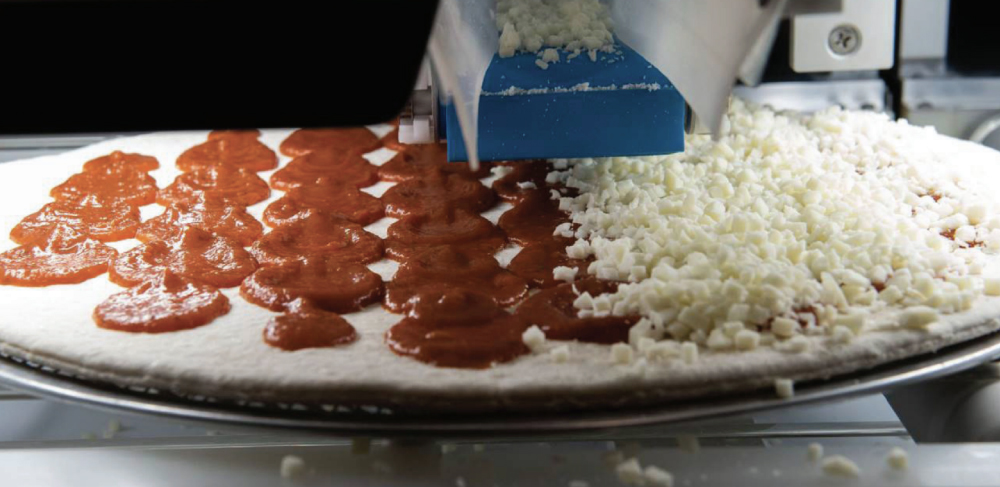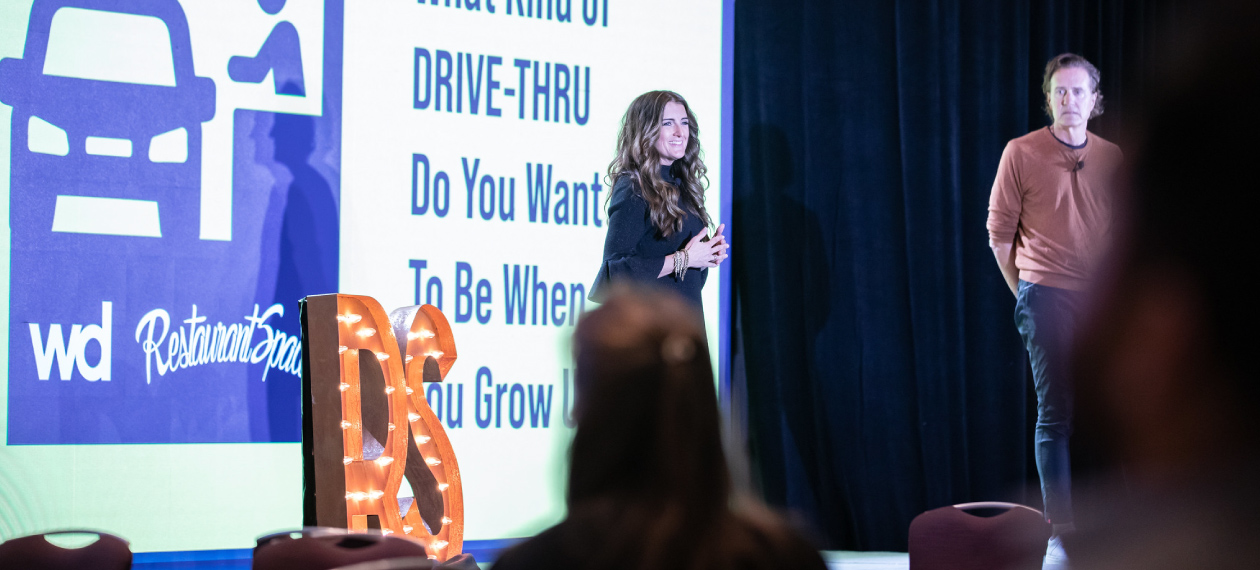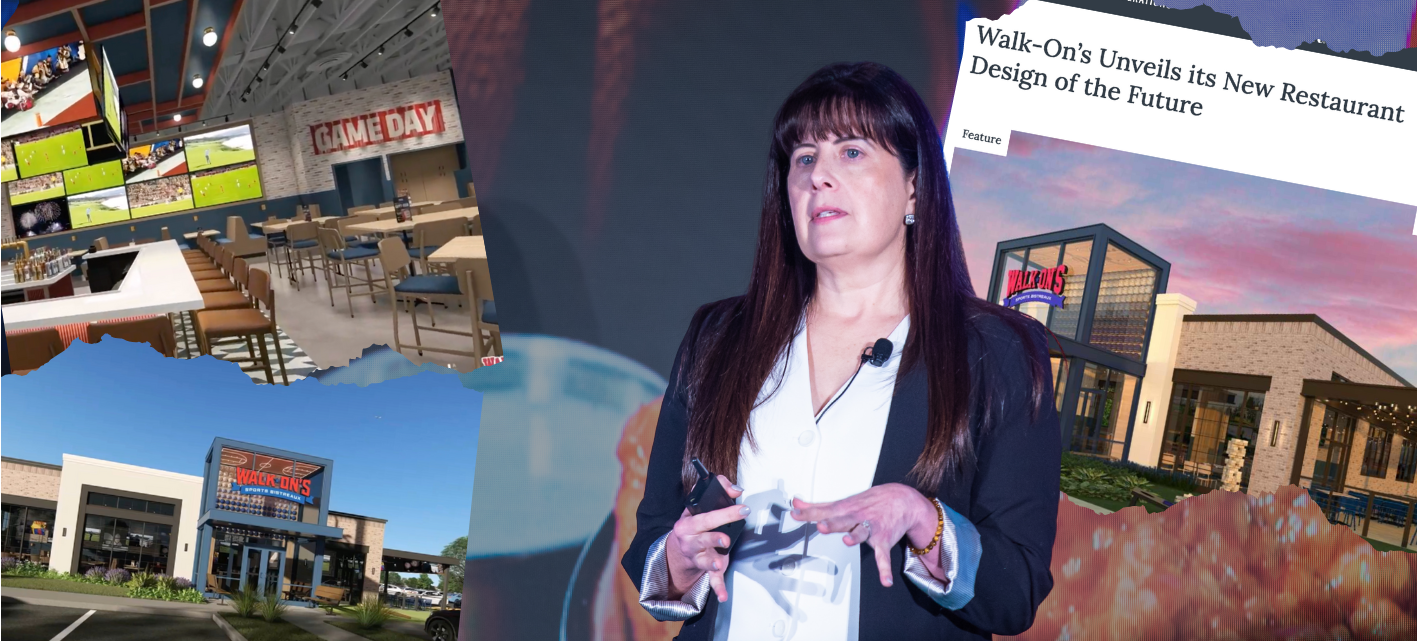Drive-thru isn’t the future of dining… nor the past. It’s the present. In 2020, 74 percent of Americans ordered food from a drive-through, while 90 percent reported that they prefer to pick up food rather than eat in. As tempting as it may be to think these numbers might decline in a post-pandemic world, some experts wouldn’t count on it.
“I think that it's one of those genie-out-of-the-bottle types of things,” said Lee Peterson, WD Partners’ EVP of Thought Leadership, at RestaurantSpaces ‘21. “Once you understand that you can order something — from even a high-end restaurant — and have it brought to your house, and you can watch Netflix, you get into the habit of doing that. It’s a mindset.”
In a recent survey, WD Partners polled 1,300 consumers around the country — skewed young, with a roughly even gender split — about their preferred drive-thru concepts. Perhaps surprisingly, the results suggested that consumers aren’t terribly picky when it comes to design. Of the respondents, 22 percent preferred locker pickup; 24 percent preferred walkup windows; 38 percent preferred a traditional single-lane drive-through; 40 percent preferred a hybrid of two options; 42 percent preferred a design with multiple traditional drive-thru lanes; and 45 percent preferred a single dedicated lane for app-use pickup.
Typically, WD Partners finds that potential initiatives attracting an approval rating of 60 percent and above demand real attention from brands. This time around, the lack of overwhelming excitement for any single option revealed something crucial: design isn’t what matters most to drive-thru consumers. “If you build some kind of Mecca for drive-thru and there's all these fancy things on there, and all this stuff, you are wasting your money,” Peterson said. “Consumers don’t really care. They want to pull up, they want to get their food, and they want to take it home.”
It’s All About the Operations
So what does matter most? “If customers don't care about drive-thru design, all we can think about is the other side of that coin,” answered Joanne Heyob, WD Partners’ SVP of Operations Strategy and Design. “Drive-thru operations.” From there she walked through four key areas of operational concern, drawing on WD’s research:
The first thing to focus on as you improve the customer’s food journey is intuitive wayfinding. “Tell me where I’m going to go,” Heyob said. “Make it easy for me.” If we imagine the customer as 100 percent satisfied at the beginning of their journey, then every pain point on their route to the drive-thru window drags that rating down. Is it clear which lane is for drive-thru, which is for rapid pickup, which is for third-party delivery? Are navigation symbols painted on the lot?

Photo credit: WD Partners
“You want to make sure every type of customer on their journey knows where to go,” Heyob stressed, recommending that designers spend some time gathering field data. “It sounds really simplistic, but I will tell you: watching people come onto the lot and their confusion level — where to go based on their journey, or based on where their purchase point is — is really, really interesting to watch.”
“Give Me Something.”
The second focus area is app adoption. “88 percent of consumers are using a mobile app to order food, groceries, and other products,” Heyob said. To build an app that customers keep coming back to, you simply have to give them a reason to keep coming back: rewards points, discounts, limited time offers, whatever it takes to build loyalty.
“With app adoption, it’s Give me something,” she explained. “I love your brand. I love your product. I want to be able to continue to enjoy it. You’ve got to start to give your consumers something in return.”
The benefits go beyond customer retention. Effective app adoption can also tap into a goldmine of customer data. “It's their buying behaviors, their buying power,” Heyob said. “Where can you start to test products that maybe you didn’t think about before, because there’s a high concentration of people shopping at a certain time of day?” The customer intelligence implications alone make app adoption essential, not only for drive-thru operations but for the entire business.
Simplify, Simplify, Simplify
Then there’s automation. “Automation can be a variety of things,” Heyob said, and they’re not all as left-field as food delivery robots (not that you should rule out food delivery robots). When it comes to labor, kitchens can automate simple, repetitive tasks — like putting sauce and cheese on a pizza — that free up employees for more complex work. At the point of sale, automated speaker boxes can take customer orders with a higher degree of accuracy than overworked, distracted associates.

Photo credit: WD Partners
Automation isn’t about replacing people, Heyob stressed. “It's about simplifying your associates’ jobs, and your restaurant operators’ jobs, so that they can be more productive, and they can have better-equipped associates who truly enjoy their job.”
Get Back to the Fundamentals
Finally Heyob turned to reimagining the guest journey. In the age of drive-thru, curbside, app pickup, third-party delivery, and whatever else becomes the new normal, agility is key. The number of consumers who prefer pickup may be rising, but there are still millions who don’t — and consumers are human beings, after all. Someone who orders delivery for breakfast might feel like walking up to the window for lunch and having a nice dine-in meal for dinner. There’s no silver bullet, no one-size-fits-all.
“What I want you to think about with guest journey is, provide me options,” Heyob said, envisioning a diverse portfolio of drive-through designs. “I might need some that are just truly [for] app-only drivers. I might want a few that are walk-up windows, because that’s what’s best for that area. I also still need restaurants off the interstate that have a dining room that I can go in and stretch my legs out.”
Some locations might even call for a hybrid design — say, a walkup window and limited seating for customers who decide to stick around. “Start thinking about the different ways you get food to customers,” she said, again recommending some old-fashioned field work to get into the customer’s head. “We gotta get back to the fundamentals of how you look at your own space, right? Walk outside, look at it from the consumer’s point of view. Think about their overall experience.”
What you’ll find, Heyob and Peterson concluded together, is that “at the end of the day, it’s not drive-thru design. It’s really drive-thru operations.”

Posted by
Chain Restaurants Reimagined.
The Retreat to Reimagine Restaurant Development, Design + Technology.
April 12-14, 2026 | Miami, FL






-3.png)
-4.png)
-3.png)


Comments